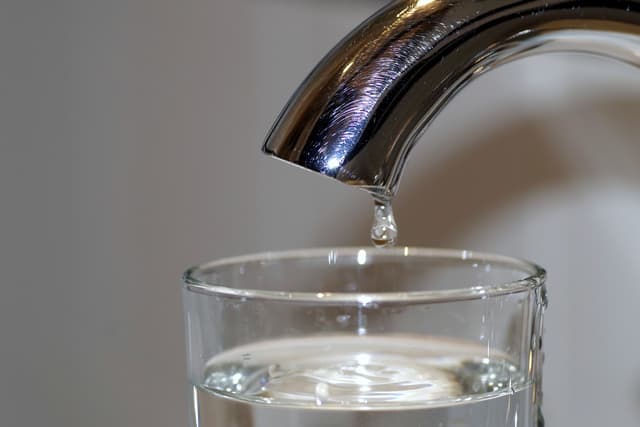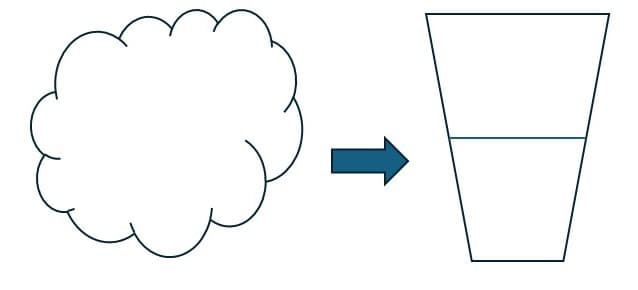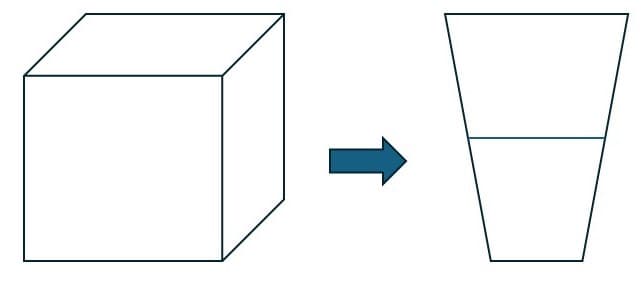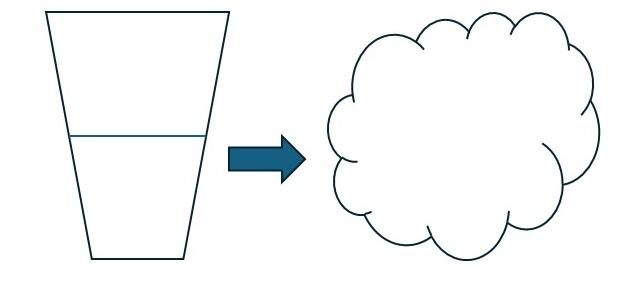Evaporation and condensation in the water cycle
I can identify the part played by evaporation and condensation in the water cycle.
Evaporation and condensation in the water cycle
I can identify the part played by evaporation and condensation in the water cycle.
These resources will be removed by end of Summer Term 2025.
Lesson details
Key learning points
- Water doesn’t leave Earth’s atmosphere. It moves around in what is called the water cycle.
- Water evaporates from sources such as seas and rivers, as well as from Earth's surface.
- As it moves through the water cycle, water can be in the liquid state, gas state (water vapour), or solid state (ice).
- Water vapour rises into the atmosphere then cools and condenses into clouds.
- Water falls to the surface as precipitation (rain, snow, sleet) to continue the process.
Keywords
Evaporation - Evaporation is the change of state from a liquid to a gas.
Water vapour - Water is called water vapour when it is in the gas state.
Water cycle - The water cycle is the name of the journey water takes as it moves from the sea or land to the atmosphere and back again.
Condensation - Condensation is the change of state from a gas to a liquid.
Precipitation - Precipitation is water, in the solid or liquid state, which falls from the atmosphere to Earth’s surface.
Common misconception
Pupils may think that the water cycle only takes place when it is hot or sunny; that when water evaporates, it disappears or that precipitation only refers to rain; water in its liquid form.
Teaching slides explain the process of the water cycle including the different forms of precipitation. The practical task addresses the misconception that the water cycle only takes place in hot or sunny weather.
To help you plan your year 4 science lesson on: Evaporation and condensation in the water cycle, download all teaching resources for free and adapt to suit your pupils' needs...
To help you plan your year 4 science lesson on: Evaporation and condensation in the water cycle, download all teaching resources for free and adapt to suit your pupils' needs.
The starter quiz will activate and check your pupils' prior knowledge, with versions available both with and without answers in PDF format.
We use learning cycles to break down learning into key concepts or ideas linked to the learning outcome. Each learning cycle features explanations with checks for understanding and practice tasks with feedback. All of this is found in our slide decks, ready for you to download and edit. The practice tasks are also available as printable worksheets and some lessons have additional materials with extra material you might need for teaching the lesson.
The assessment exit quiz will test your pupils' understanding of the key learning points.
Our video is a tool for planning, showing how other teachers might teach the lesson, offering helpful tips, modelled explanations and inspiration for your own delivery in the classroom. Plus, you can set it as homework or revision for pupils and keep their learning on track by sharing an online pupil version of this lesson.
Explore more key stage 2 science lessons from the Introduction to states of matter and changing states unit, dive into the full secondary science curriculum, or learn more about lesson planning.

Equipment
Recycled, sealable plastic bag, marker pen, water, tape, a window.
Content guidance
- Risk assessment required - equipment
Supervision
Adult supervision required
Licence
Starter quiz
6 Questions

ice
water
water vapour




Exit quiz
6 Questions






